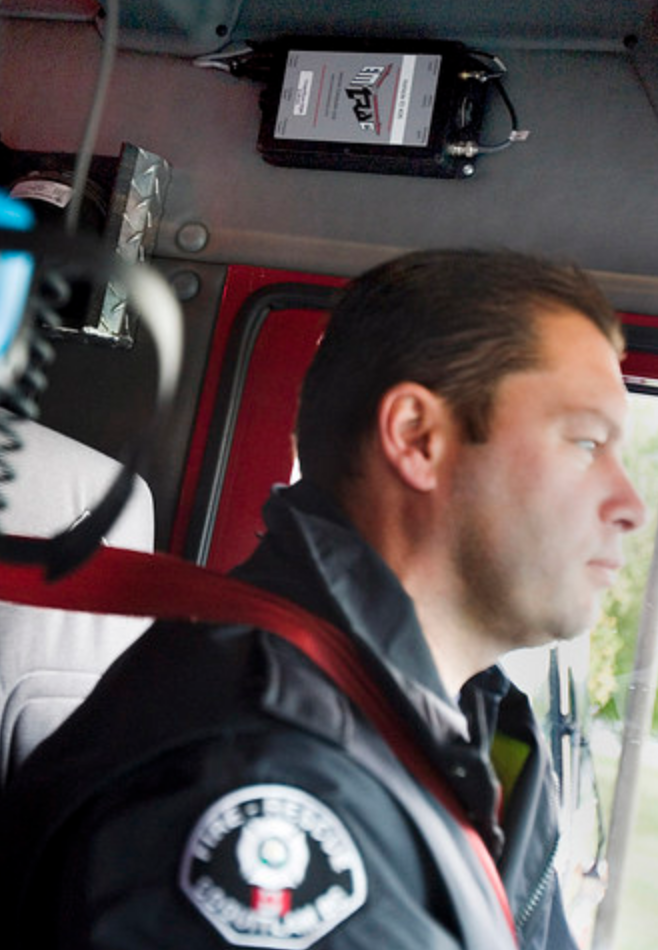STC Adds Galileo Positioning to EMTRAC Equipment in Transit and Emergency Vehicles
STC, manufacturer of the EMTRAC signal-priority system, has integrated Galileo satellite navigation with EMTRAC equipment installed in transit and emergency vehicles.
Similar to GPS, Galileo is the new European navigation system and will have 24 operational satellites at full capacity. The Galileo system commenced limited initial service on December 15, 2016—and EMTRAC is the first confirmed Galileo-capable signal-priority system.
Here’s what’ special: Signal priority systems are installed in traffic networks throughout North America, and they enable equipped transit and emergency vehicles to request green signals through equipped intersections, reducing travel time while increasing efficiency.
 With this addition, the EMTRAC system simultaneously tracks Galileo-system satellites along with the GPS and GLONASS constellations, increasing the overall number of satellites used to determine vehicle positions. The EMTRAC system also utilizes dead-reckoning navigation through multiple 3D inertial sensors to maintain accuracy in difficult urban conditions, such as urban canyons, tunnels, and multi-level highways.
With this addition, the EMTRAC system simultaneously tracks Galileo-system satellites along with the GPS and GLONASS constellations, increasing the overall number of satellites used to determine vehicle positions. The EMTRAC system also utilizes dead-reckoning navigation through multiple 3D inertial sensors to maintain accuracy in difficult urban conditions, such as urban canyons, tunnels, and multi-level highways.
According to STC President Brad Cross, integration of the Galileo navigation system immediately increases accuracy, and performance will continue to improve in the coming years.
“As more satellites are added to the Galileo constellation, we expect the EMTRAC system to be more reliable than ever in areas where sky view is obstructed,” Cross said.
STC recently conducted a controlled test of the EMTRAC system. During the test, an EMTRAC-equipped vehicle successfully interpreted detection zones and transmitted priority requests to a simulated intersection utilizing only Galileo satellites.
While high precision is not necessary for many signal priority scenarios, Cross says there are specific situations where it is essential.
Similar technology is also used on EMTRAC transit-rail products, which alert train operators and wayside workers when there’s potential for unsafe conditions.
More here.
Category: Connected Fleet News, General Update










